A stock chart, a graphical representation of a stock’s price movement, aids investors in analyzing performance and making informed decisions. It includes lines, candlesticks, and bar charts, highlighting market trends and volume.
A stock chart is a graphical representation of the price movement of a stock over time. It is a tool that investors and traders use to analyze stock performance and make informed decisions. A stock chart usually includes two axes: the x-axis, which represents time, and the y-axis, which represents the stock price. Other information, like trading volume, moving averages, and technical indicators, may be included in the chart.
How to Read Stock Charts?
Line charts, candlestick charts, and bar charts are essential tools in stock market analysis, providing a comprehensive understanding of the market and its trends, emphasizing the importance of volume in trading.
We explain the most significant chart patterns here.
Types of Stock Charts
Line Chart: The line chart is an essential tool for visualizing a stock’s price over time.
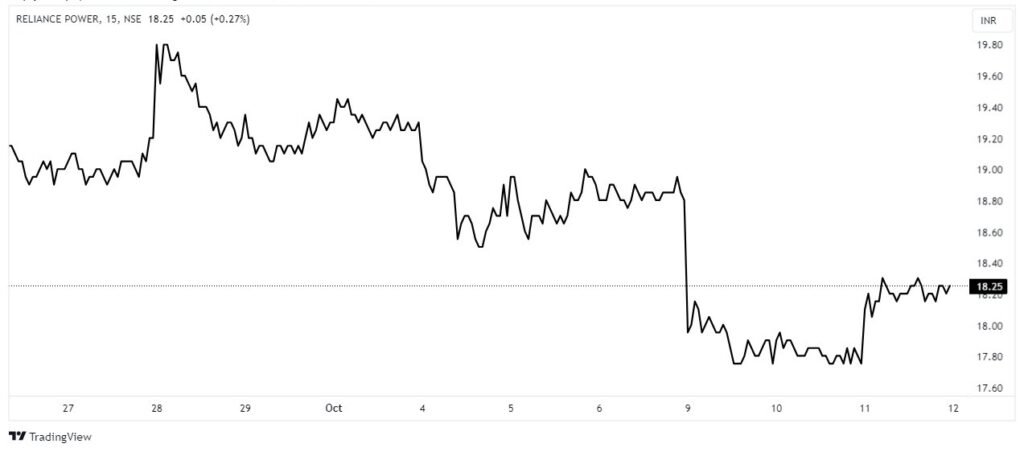
It links closing prices with a line to provide a streamlined perspective of the stock’s direction. Line charts are excellent for determining long-term patterns and market movements.
Simply plot closing prices on the Y-axis against time on the X-axis to produce a line chart. A basic line chart is created by connecting each closing price with a line.
Candlestick Chart: Candlestick charts are commonly utilized for further in-depth research. Each candlestick represents a different time frame and indicates the open, close, high, and low prices of the stock. Candlestick patterns are popular among traders because they are effective indicators for predicting market moves.
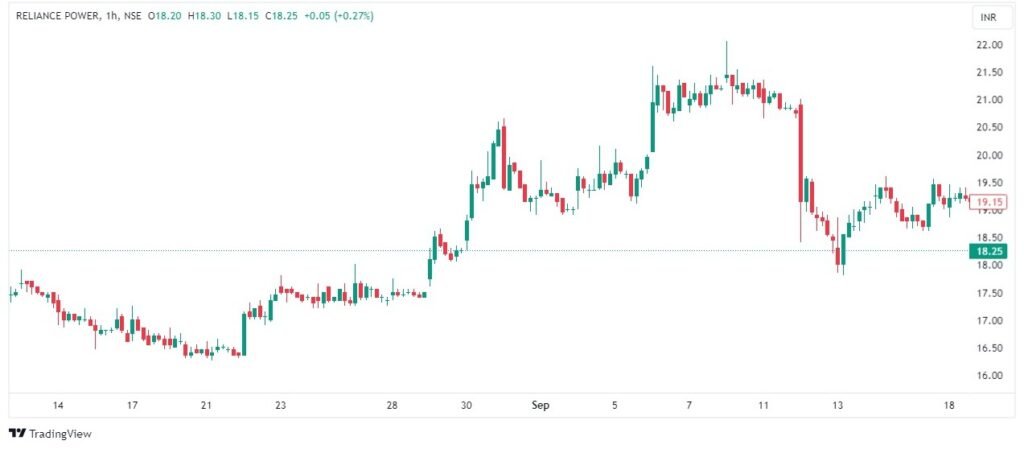
Candlestick charts are made up of open, close, high, and low prices. Each candlestick is made up of a rectangular body and two wicks. The price range between open and close is represented by the body, while the high and low prices are represented by the wicks.
Bar Chart: Bar charts provide information comparable to candlestick graphs but in a different visual format. Vertical bars are used to represent price ranges over a given time. Opening and closing prices, as well as highs and lows, are all shown by bar charts.
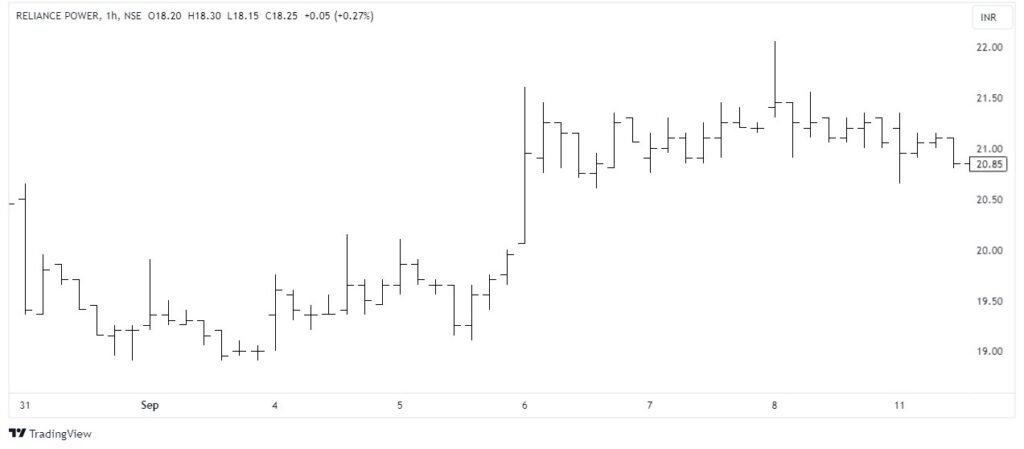
Price ranges are represented by vertical bars in bar charts. The top of the bar represents the high, the bottom represents the low, the short horizontal line on the left represents the open, and the one on the right represents the close.
Understanding Volume
What is volume?
The number of shares exchanged in a certain time period is referred to as volume. It is an important aspect in studying stock charts since it offers information about the degree of price changes. High volume frequently accompanies significant price fluctuations.
Where is volume plotted?
The main price chart displays volume as a bar or histogram.
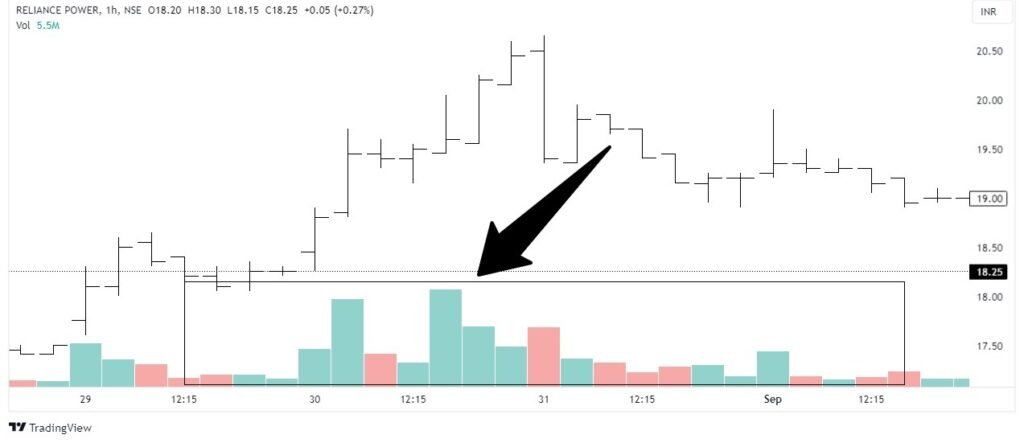
Traders can quickly measure the intensity of market activity during specific times using this visual representation. A jump in volume frequently signals greater investor interest, which might indicate big price movements.
Final Thoughts
Finally, mastering the ability to read stock charts is essential for anyone entering the world of stock trading and investing. You’ll be better equipped to make informed decisions in the volatile stock market climate if you comprehend these fundamental chart patterns and integrate volume analysis.

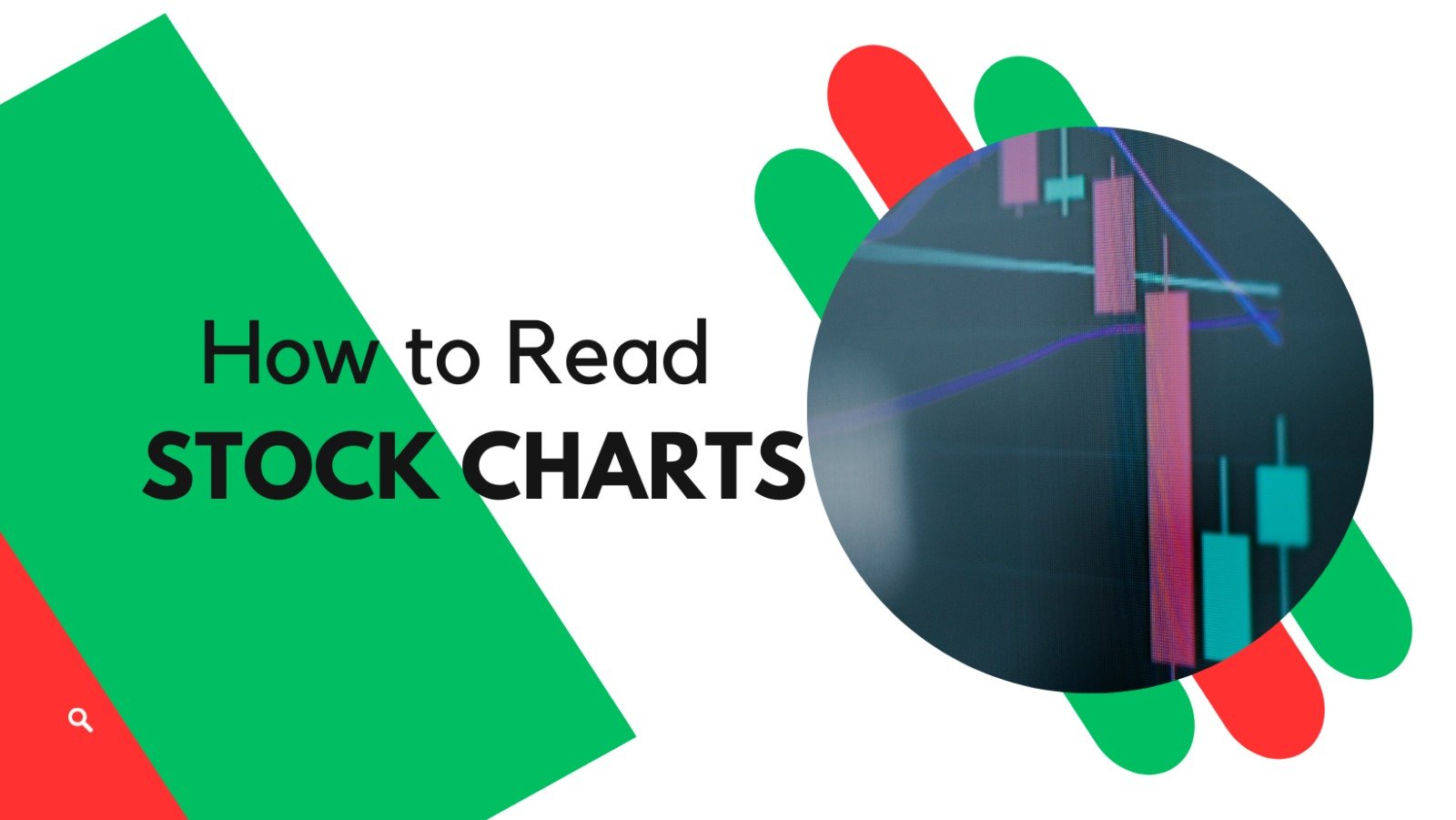











Leave a Reply